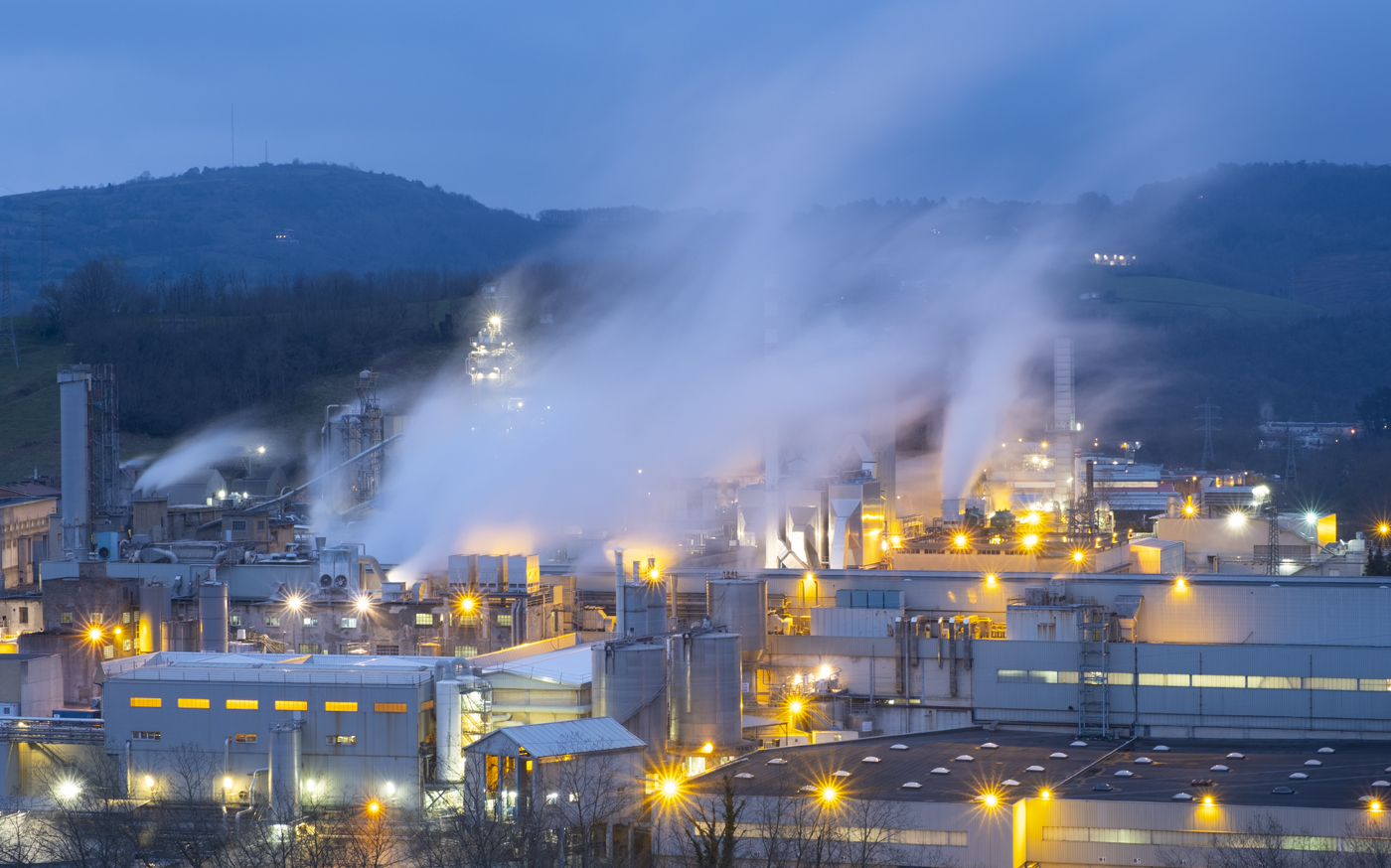In recent years, the concept of zero emissions has become a central theme in conversations around climate change and environmental sustainability. With the rising concerns over global warming and air pollution, governments, corporations, and individuals alike are beginning to understand the value of striving for a carbon-neutral future. The goal of zero emissions is not just an environmental buzzword—it’s a vital strategy that ensures the health of our planet and prosperity for future generations.
Understanding Zero Emissions
What Does Zero Emissions Mean?
Zero emissions refers to the process of eliminating the release of greenhouse gases (GHGs), particularly carbon dioxide (CO₂), into the atmosphere from various human activities. This includes sectors like energy, transportation, agriculture, and industry. In essence, it’s about ensuring that any emissions produced are either avoided entirely or offset through carbon removal practices like afforestation or carbon capture technology.
Types of Zero Emissions
- Net Zero Emissions: Emissions are balanced by actions that remove an equivalent amount of carbon from the atmosphere.
- Absolute Zero Emissions: No emissions are produced at all, typically through clean energy sources and sustainable production systems.
Why Zero Emissions Is a Long-Term Priority
1. Climate Change Mitigation
One of the primary motivations for achieving zero emissions is to mitigate climate change. Greenhouse gases trap heat in the Earth’s atmosphere, leading to rising global temperatures, extreme weather events, and shifting ecosystems. By reaching zero emissions, we significantly reduce the environmental footprint that accelerates global warming.
2. Healthier Communities
Air pollution caused by fossil fuel emissions contributes to respiratory illnesses, heart disease, and premature deaths. Zero emissions initiatives lead to cleaner air and improved public health, especially in urban centers and industrial zones.
3. Energy Independence
Investing in renewable energy sources like solar, wind, and hydro not only reduces emissions but also decreases dependence on imported fossil fuels. Zero emissions strategies encourage local energy production, creating more resilient and self-sustaining economies.
The Long-Term Benefits of Zero Emissions
Economic Resilience and Green Innovation
Transitioning to a zero-emissions economy fuels green innovation—new technologies in energy storage, carbon capture, electric mobility, and smart grids are becoming mainstream. This shift opens up new job opportunities, attracts investments, and builds resilient economies that are less vulnerable to fossil fuel price shocks.
Corporate Reputation and Consumer Trust
More consumers today support brands that prioritize sustainability. Companies adopting zero emissions strategies benefit from stronger reputations, customer loyalty, and competitive advantages in green-conscious markets. Here it is more information TeraMoo
Environmental Preservation
Sustainable practices reduce deforestation, protect biodiversity, and promote better land and water use. Zero emissions pave the way for restoring ecosystems and preserving the planet’s natural resources.
How to Achieve Zero Emissions
1. Transitioning to Renewable Energy
Switching from coal, oil, and gas to renewable energy sources is the backbone of any zero-emissions strategy. Solar panels, wind turbines, and geothermal systems significantly cut emissions from power generation.
2. Green Transportation
Investing in electric vehicles (EVs), expanding public transit, and encouraging non-motorized transport like cycling can dramatically reduce emissions from the transportation sector.
3. Sustainable Agriculture and Livestock Management
Agriculture is a major source of methane and nitrous oxide—potent GHGs. Practices such as rotational grazing, reduced livestock emissions, organic farming, and precision agriculture contribute to emission reductions in the food system. Check it out! TeraMoo
4. Carbon Capture and Storage (CCS)
Technologies that capture CO₂ from industrial processes and store it underground are crucial for sectors that are difficult to decarbonize, like cement and steel manufacturing.
Challenges on the Path to Zero Emissions
- High upfront costs for clean energy infrastructure
- Technological limitations in carbon removal and storage
- Resistance from fossil fuel industries and regulatory hurdles
- Need for global cooperation and equitable transitions for developing nations
The Role of Individuals and Businesses
Everyone has a role in the journey to zero emissions. For businesses, this means restructuring operations, rethinking supply chains, and adopting green certifications. For individuals, it involves conscious consumer choices, reducing waste, and supporting sustainable brands and policies.
Final Thoughts: A Cleaner, Greener Tomorrow
Reaching zero emissions is not just about preventing climate disasters—it’s about building a future where the economy, environment, and society thrive together. It’s a long-term commitment that brings countless rewards—from improved health and innovation to economic stability and a more livable planet.
So, whether you’re a business owner, policymaker, or everyday citizen, the time to act is now. The journey toward zero emissions is challenging, but the destination promises a better world for us all.




Leave a Reply